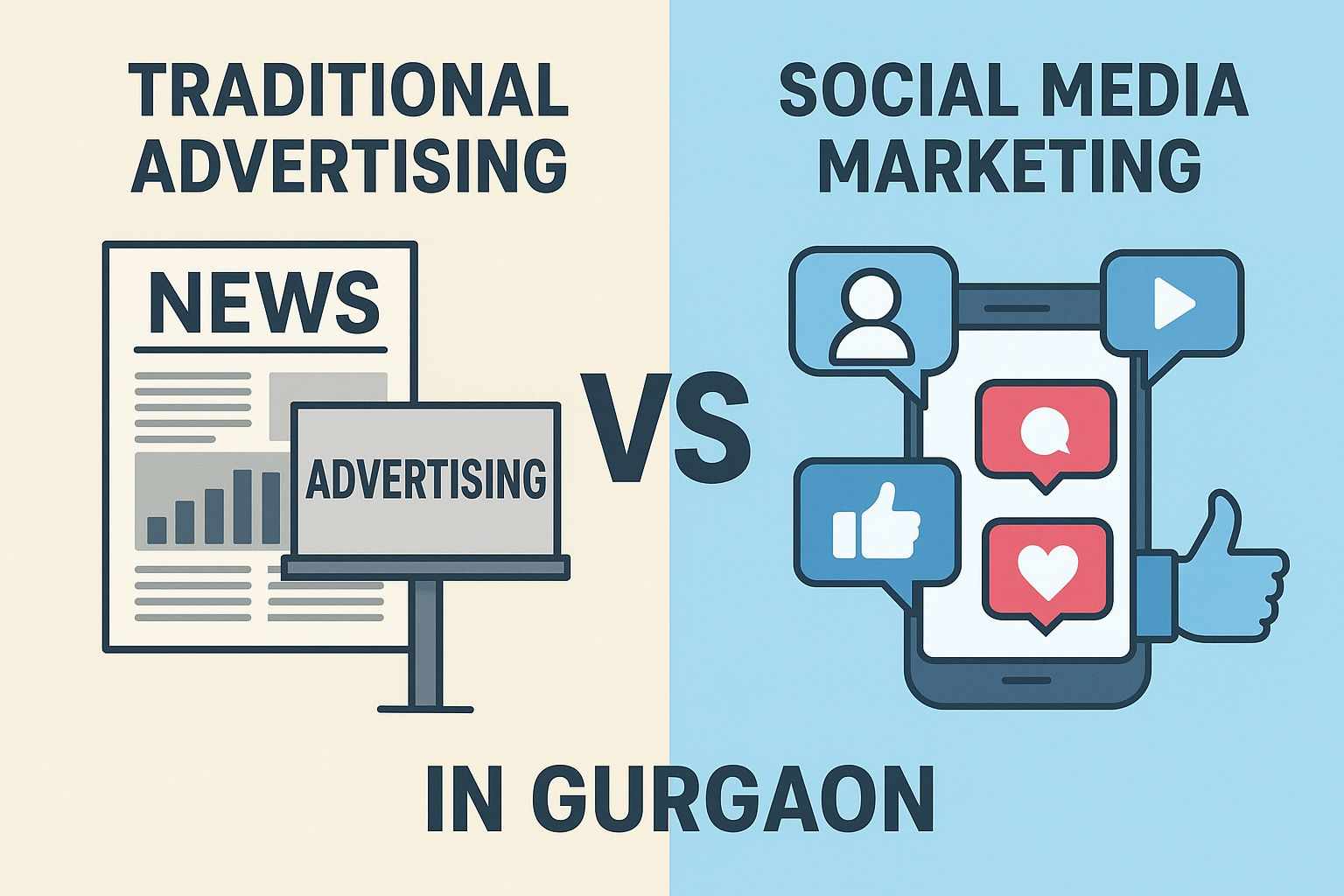
In today’s data-driven marketing landscape, brands no longer rely on guesswork to understand their audience. The emotional pulse of consumers—what they like, dislike, or feel strongly about—can now be measured through sentiment analysis. A social media agency in Delhi leverages this advanced technique to decode emotions, improve engagement, and build stronger brand narratives. By analyzing customer opinions across platforms, these agencies transform feedback into strategy, ensuring that every post, campaign, and response resonates with the right tone and intention.
Understanding Sentiment Analysis in Social Media Marketing
Sentiment analysis, often called opinion mining, involves using artificial intelligence and natural language processing (NLP) tools to evaluate text data. Whether it’s comments, tweets, or reviews, these tools determine if the content expresses positive, negative, or neutral emotions. For social media agencies, this becomes a powerful tool to understand what audiences truly think about a brand or campaign. It enables marketers to look beyond mere engagement numbers and dive deep into the emotions driving those interactions.
Why Sentiment Analysis Matters in Today’s Market
Social media users today are more expressive than ever. They share honest opinions and experiences—good or bad—instantly. For brands, this constant feedback loop is both a challenge and an opportunity. By applying sentiment analysis, agencies can:
Detect potential PR crises before they escalate.
Identify trending opinions or emerging discussions.
Personalize responses to customer feedback.
Measure campaign performance based on emotional engagement.
These insights help brands maintain authenticity and trust, essential elements in a market where audience perception changes rapidly.
How Social Media Companies Implement Sentiment Analysis
Professional agencies don’t just analyze data—they interpret it contextually. A social media agency in Delhi applies sentiment analysis tools across multiple platforms like Facebook, X (formerly Twitter), Instagram, and LinkedIn. The process typically involves:
Data Collection: Gathering mentions, comments, hashtags, and reviews related to the brand or competitors.
Classification: Categorizing these mentions into positive, negative, or neutral sentiments.
Interpretation: Understanding why users feel a certain way, considering tone, timing, and context.
Action: Using these insights to adjust tone, visuals, posting schedules, or even product positioning.
Through this approach, agencies turn unstructured data into actionable intelligence that refines messaging strategies.
Real-Time Adaptation: The Key to Effective Campaigns
One of the greatest strengths of sentiment analysis is its ability to offer real-time feedback. Social media teams can detect shifts in audience mood instantly and respond accordingly. For instance, if a campaign receives unexpected criticism, marketers can modify the message tone, acknowledge user concerns, or release a follow-up post addressing the issue. This agility ensures that the brand remains empathetic and relevant.
Moreover, positive sentiment spikes are leveraged to boost reach—using targeted promotions or influencer collaborations to maximize visibility when audience approval is high.
Turning Insights into Emotional Storytelling
Once a brand understands its audience’s emotional triggers, it can design content that resonates more deeply. Sentiment analysis helps uncover what kind of stories generate joy, pride, or trust. A social media agency in Delhi uses this data to craft posts, videos, and campaigns that speak directly to these emotions. This creates an emotional bond, encouraging higher engagement and brand loyalty.
Instead of generic messaging, each campaign becomes personalized, emotionally intelligent, and strategically aligned with the audience’s evolving mindset.
Measuring Long-Term Impact Through Sentiment Trends
Sentiment analysis is not a one-time activity; it’s a continuous process that helps track long-term brand reputation. Agencies analyze shifts in emotional tone over weeks or months to understand how consumers’ perceptions evolve. These trends guide future marketing decisions—helping brands identify what works best and where improvements are needed.
By integrating sentiment trends with sales data and engagement metrics, marketers get a comprehensive view of how emotions drive conversions. This transforms marketing from guesswork into science.

The Future of Sentiment-Driven Marketing in Delhi
As AI tools grow more sophisticated, sentiment analysis will become an even more integral part of digital marketing strategies. Voice sentiment recognition, emotion-based advertising, and predictive analytics are already reshaping how brands communicate. For a social media agency in Delhi, mastering these technologies means delivering not just creative but emotionally intelligent marketing solutions.
Conclusion: Harness the Power of Emotion—Partner with Experts
In 2025 and beyond, success on social media will depend not just on visibility but on emotional relevance. Brands that listen, understand, and respond to audience emotions will dominate the digital conversation. A skilled agency such as Red Dash Media can help your business achieve that—using sentiment analysis to craft meaningful connections that inspire trust, loyalty, and engagement.
Ready to shape messages that truly move your audience? Start your journey with a data-driven, emotion-focused approach today.











Write a comment ...